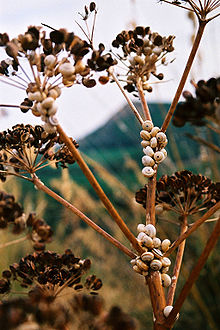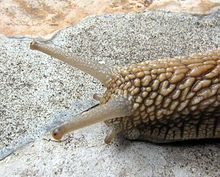Polygyridae and Praticolella candida
Interactions
Activity levels of snails
In general, the activity levels of Polygyridae snails depend on a
combination of day length, moisture, and temperature. Therefore, social
interactions among the snails tend to occur more in the spring months
when the air is more moist and the temperatures more mild (Prior,
1985). When the snails interact they form large clusters which in
return, may increase overall reproductive success, general fitness, and
even lifespan.
In
some cases, these clusters may also play an important role in reducing
predation risk (Ng. et. al. 2013).
Isolation from such interactions may be detrimental to the health of the
snails. This may be influenced by such things as roads and
waterways, and may lead the terrestrial snails to inbreed and/or
self-fertilization (Steensma, Lilley, &
Zandberg 2009).
tend to occur more in the spring months
when the air is more moist and the temperatures more mild (Prior,
1985). When the snails interact they form large clusters which in
return, may increase overall reproductive success, general fitness, and
even lifespan.
In
some cases, these clusters may also play an important role in reducing
predation risk (Ng. et. al. 2013).
Isolation from such interactions may be detrimental to the health of the
snails. This may be influenced by such things as roads and
waterways, and may lead the terrestrial snails to inbreed and/or
self-fertilization (Steensma, Lilley, &
Zandberg 2009).
Trail-following
As snails move they leave behind a trail of slime. Trail-following
among snails has been shown to be a vital adaptation to the formation of
the large interactive clusters snails form (Snail-World
2013). Important anatomical features that help the snails track down
the trails are the tentacles, buccal lip, and of course
 the foot. The
bigger the trial, the more frequently it has been followed.
Consequentially, there
will be more snails interacting in the clusters at the end of the trail
(Ng. et. al. 2013). Plasticity among the
individual behavior of the snails is shown to have little effect on the
level of the clusters. The long-term following of these mucus trials
allows for self-organization of the snails with many similar
organization processes like those of other animals and insects (Ng.
et. al. 2013).
the foot. The
bigger the trial, the more frequently it has been followed.
Consequentially, there
will be more snails interacting in the clusters at the end of the trail
(Ng. et. al. 2013). Plasticity among the
individual behavior of the snails is shown to have little effect on the
level of the clusters. The long-term following of these mucus trials
allows for self-organization of the snails with many similar
organization processes like those of other animals and insects (Ng.
et. al. 2013).
***To learn more about the uses of the slime trail please visit our Form and Function page or you can view the full article here: Snails and their trails: the multiple functions of trail-following in gastropods.
Snail Predators
When Polygyridae are not in clusters it is said that they are more prone to predation (Ng. et. al. 2013). Otherwise, their primary protection is their shell. However, many predators are able to break through the shell anyway. Common predators of snails include leeches, beetles, caterpillars, frogs, snakes, and a variety of different birds. The kind of predator varies by habitat. Millions of snails are also consumed by humans annually (Snail-World 2013). Cooked and used in many dishes, they are a huge industry for restaurant business. Nevertheless, the majority of these snails that are consumed are not from the wild population, but grown on snail farms to be bred for better taste for the consumer (Snail-World 2013).
***Click here to learn about fun facts! Click here to go to the Homepage.